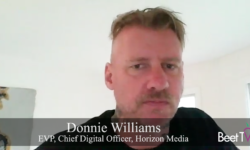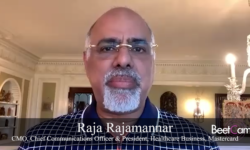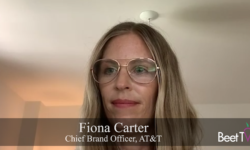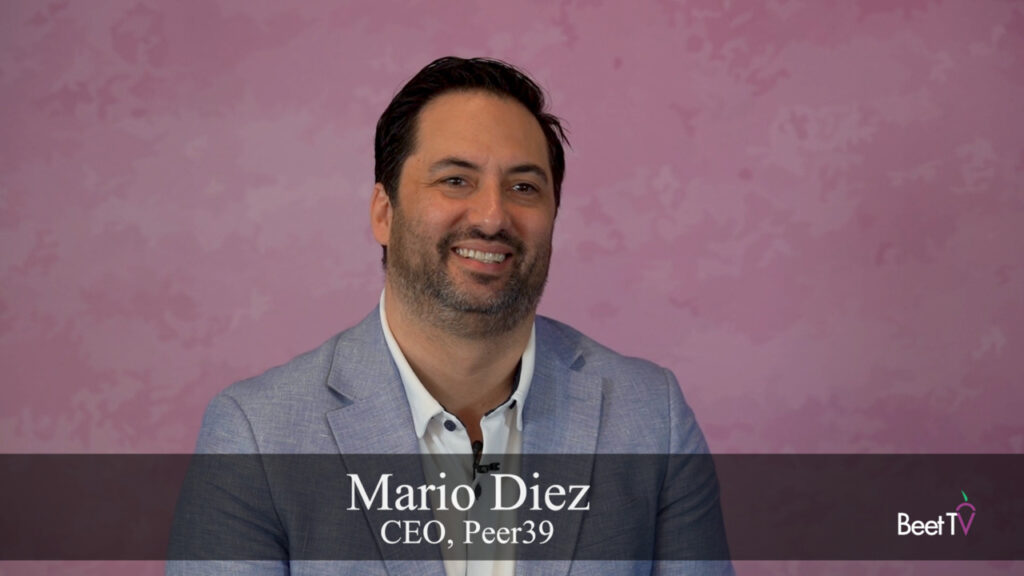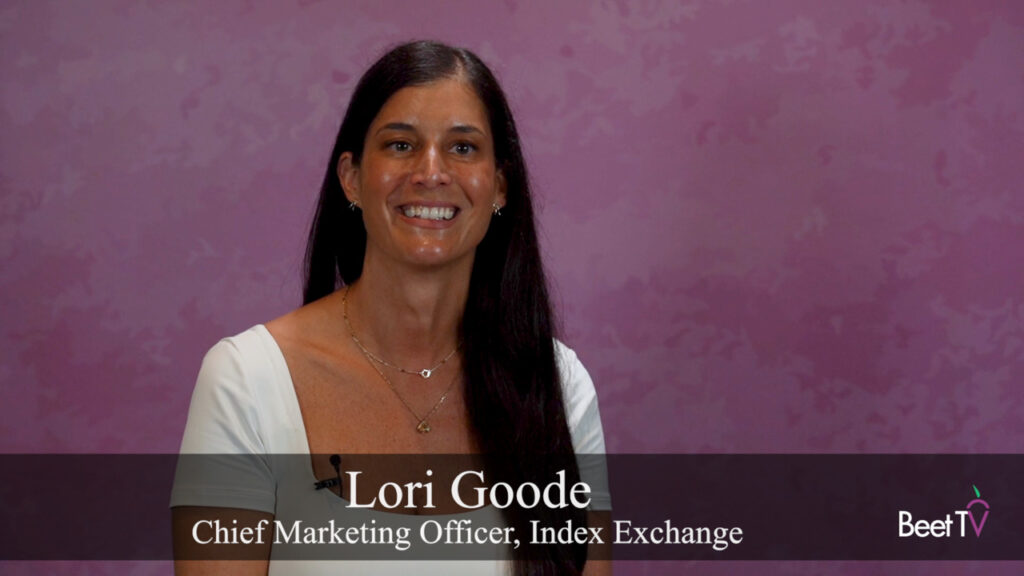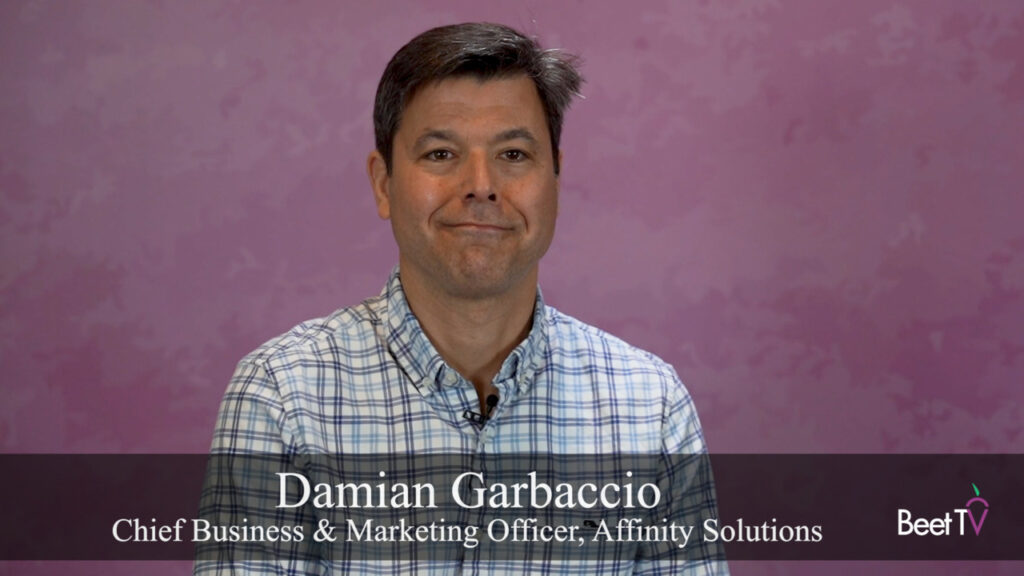As the media industry continues to adapt to new realities, new insights have informed how companies are approaching audience planning. In a BeetCam interview, Brian DeCicco, executive director of customer strategy at Mindshare US discussed what behaviors have shifted over the past two months.
According to DeCicco, four key variables are impacting how audience planning is evolving right now: privacy and consent, depreciation of cookies and the future of identity, the increasing height of the walled gardens and number of walls being erected, and the pressures being created by the COVID-19 pandemic.
“COVID has forced really every one of our brands to evolve their understanding of their target audience and how best to reach them and how best to communicate with them.” DeCicco said.
Mindshare is performing a weekly consumer insights study on COVID-19, and it’s showing that clients must react to three new realities: changes in channel consumption, purchase behavior, and hyperlocality. Users are increasing their time of consumption in every category from video to podcast streaming.
“It’s forcing us to use our scenario planning tools and reallocate marketing mix if you are going to continue advertising during this.” DeCicco said. “That’s because we’re seeing not all channels being created equal during this time. The rate of consumption increases by channel is different. So you need to look at each channel individually, how the rate of change is happening within the channel among your most valuable consumers, and then reprioritize which channels to spend against.”
Purchase behavior has also changed drastically in some categories like groceries where the industry has had to pivot to ecommerce and a new online strategy. Consumers are buying these products, but very differently. These consumer behaviors are becoming more in line with local communities.
“As consumers get more connected to their communities during this time out of necessity or emerging habit, which again is a shift from where we’ve collectively been going as a more globally minded society,” DeCicco said. “But due to these restrictions on the way consumers can engage now, location has become much more critical to understanding and determining how to capitalize on certain behaviors and in many ways it’s becoming the determining factor of how people are behaving right now.”
The role of context to inform both audience and content is becoming much more intertwined, too. Even in a post-cookie world, there are three key data signals that still persist and inform how people invest in media: customer data, publisher data, and context.
First-party customer records are key to unlocking loyalty strategies and prospecting strategies. The publisher data signal is also important because anyone who can offer content for customer data and can successfully monetize that data can compete in the marketing ecosystem.
“The notion of more walled gardens probably generates a collective shudder among the advertising community,” DeCicco said. “But I think these publishers, these, dare I say, fenced gardens, will be a little bit more willing and creative to bring opportunities to advertisers using not just their data but their powerful content publishing arms to create unique experiences and that’s something that the big four-walled gardens can’t necessarily do.”
The third signal, context, is still critically important and is fueled by a new wave of innovation that is making technologies more precise and intelligent around audience and content.
“So it’s really going to be that marriage between audience and contextual data,” DeCicco said. “That will be the new way forward. Especially as the scale of certain types of behavioral data sets wanes with the depreciation of third-party cookies.”
This video is part of a Beet.TV series titled “Audience, in Context,” presented by Xandr. For more videos please visit this page.








